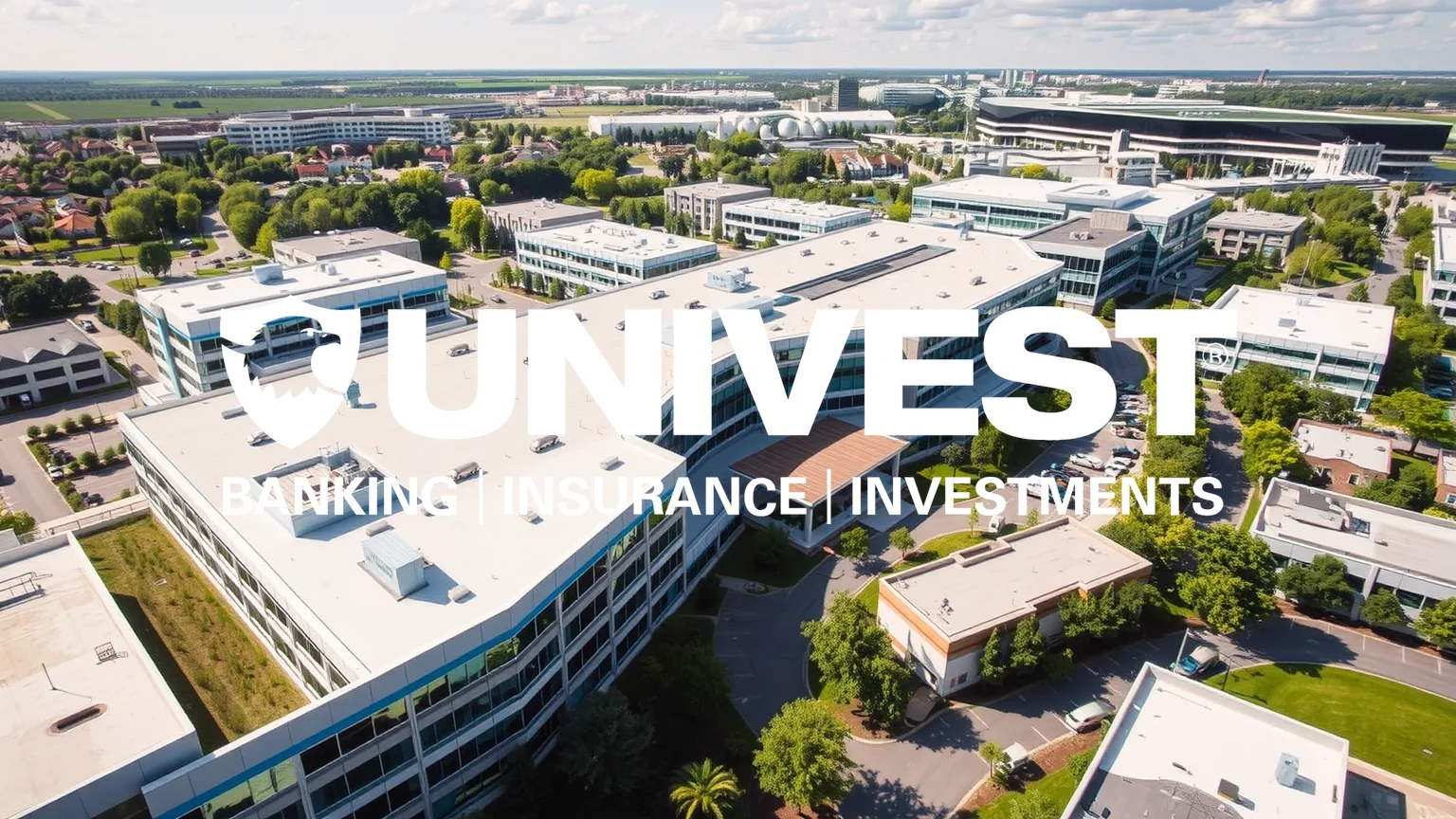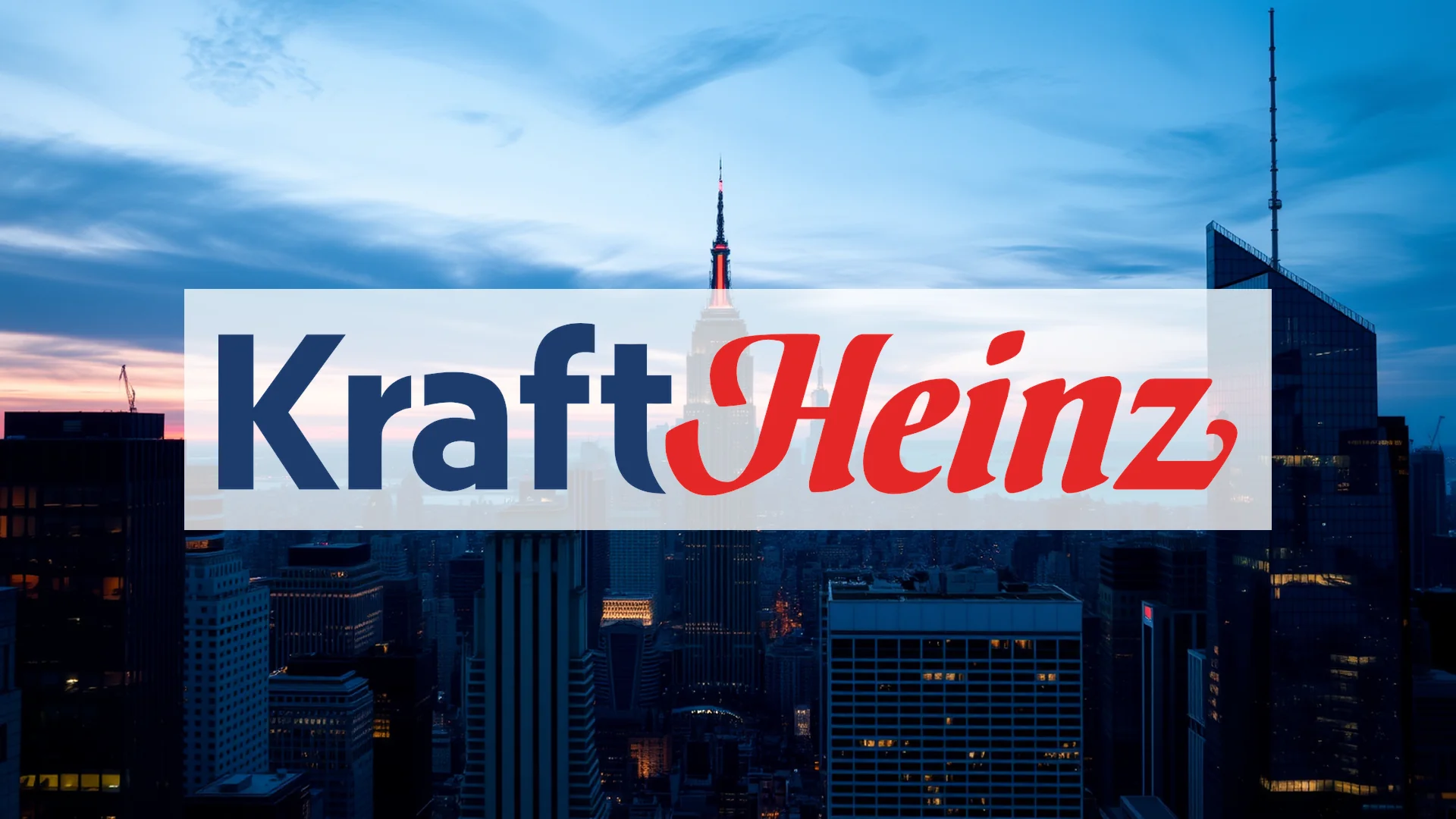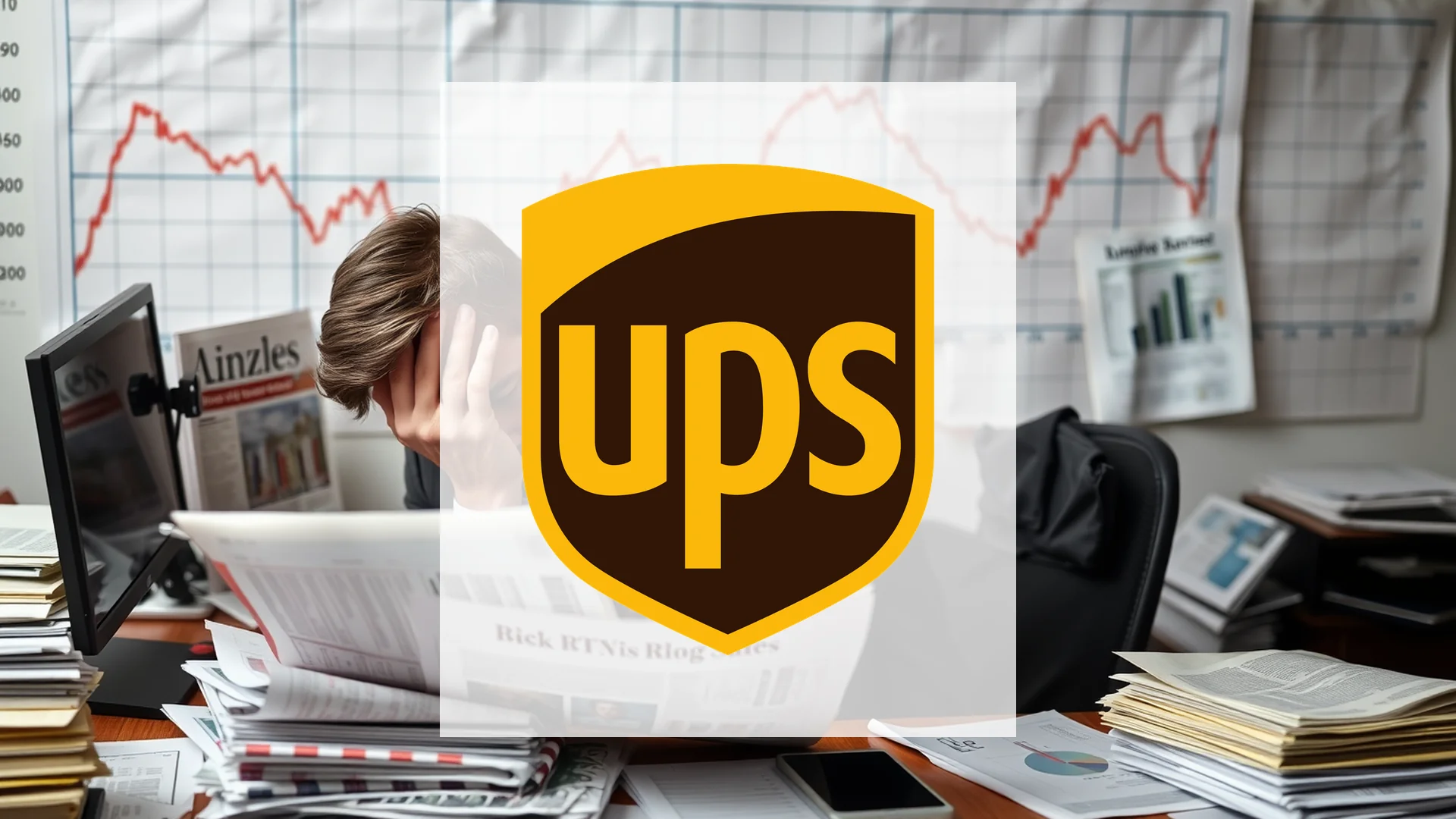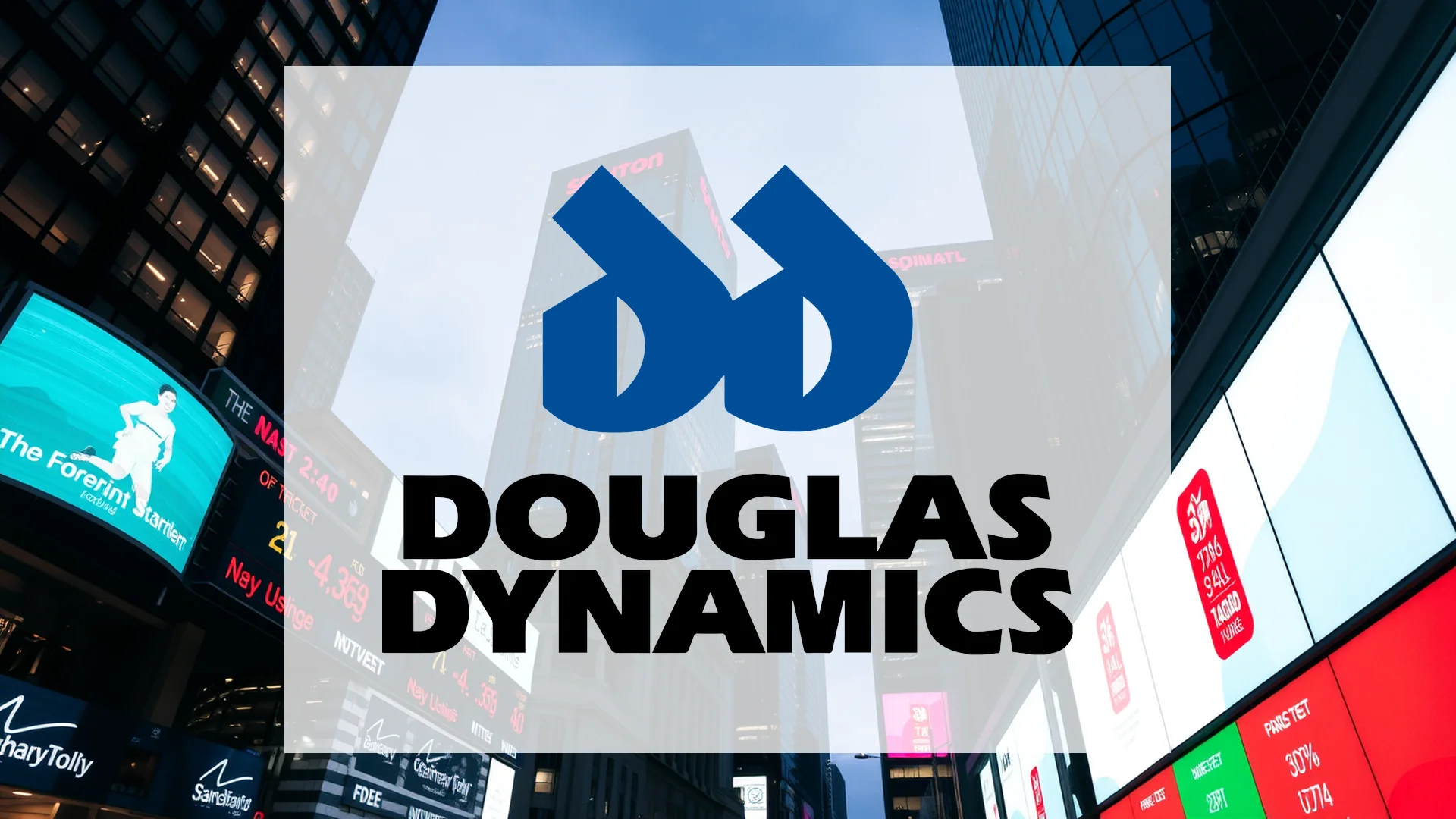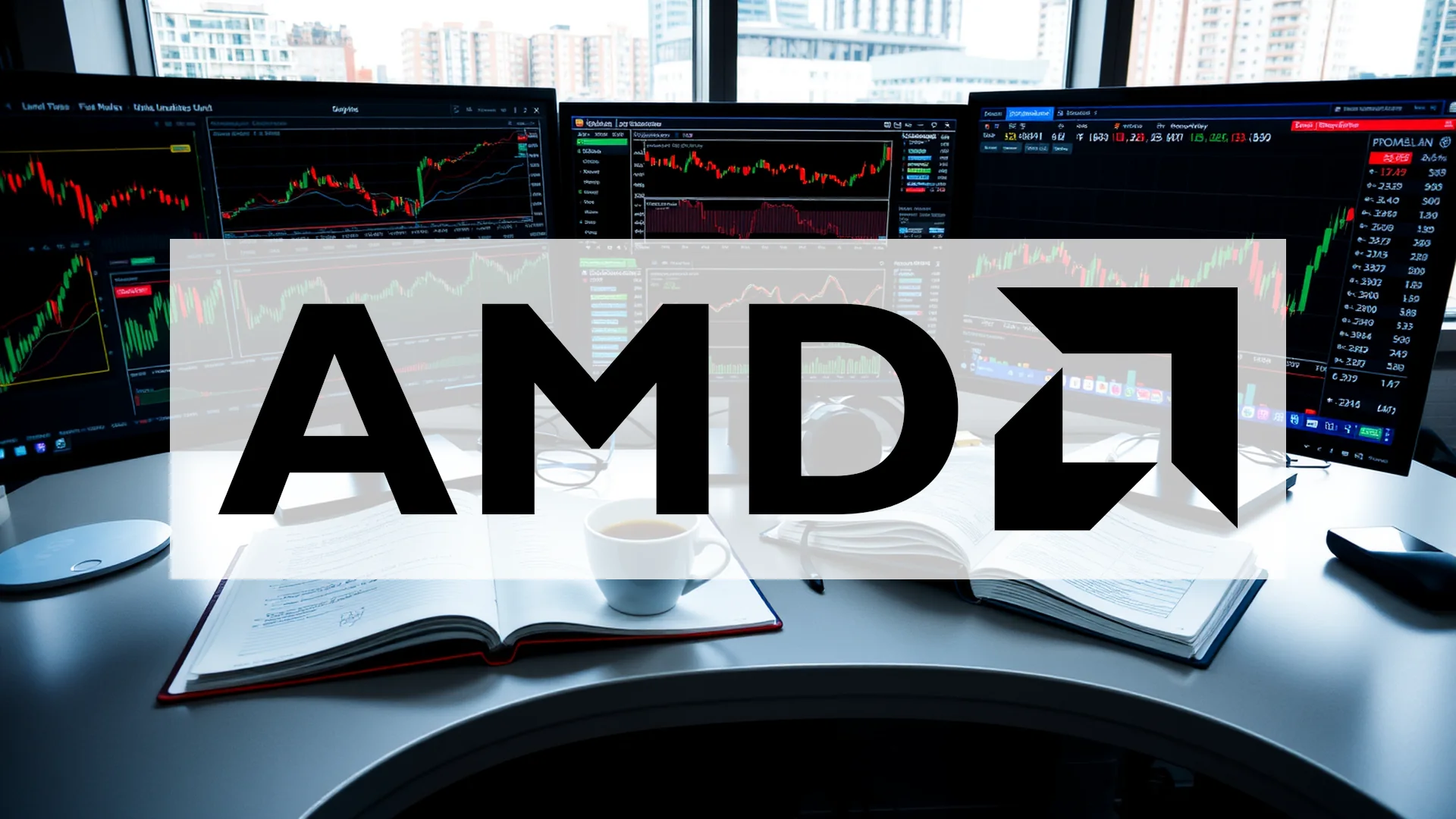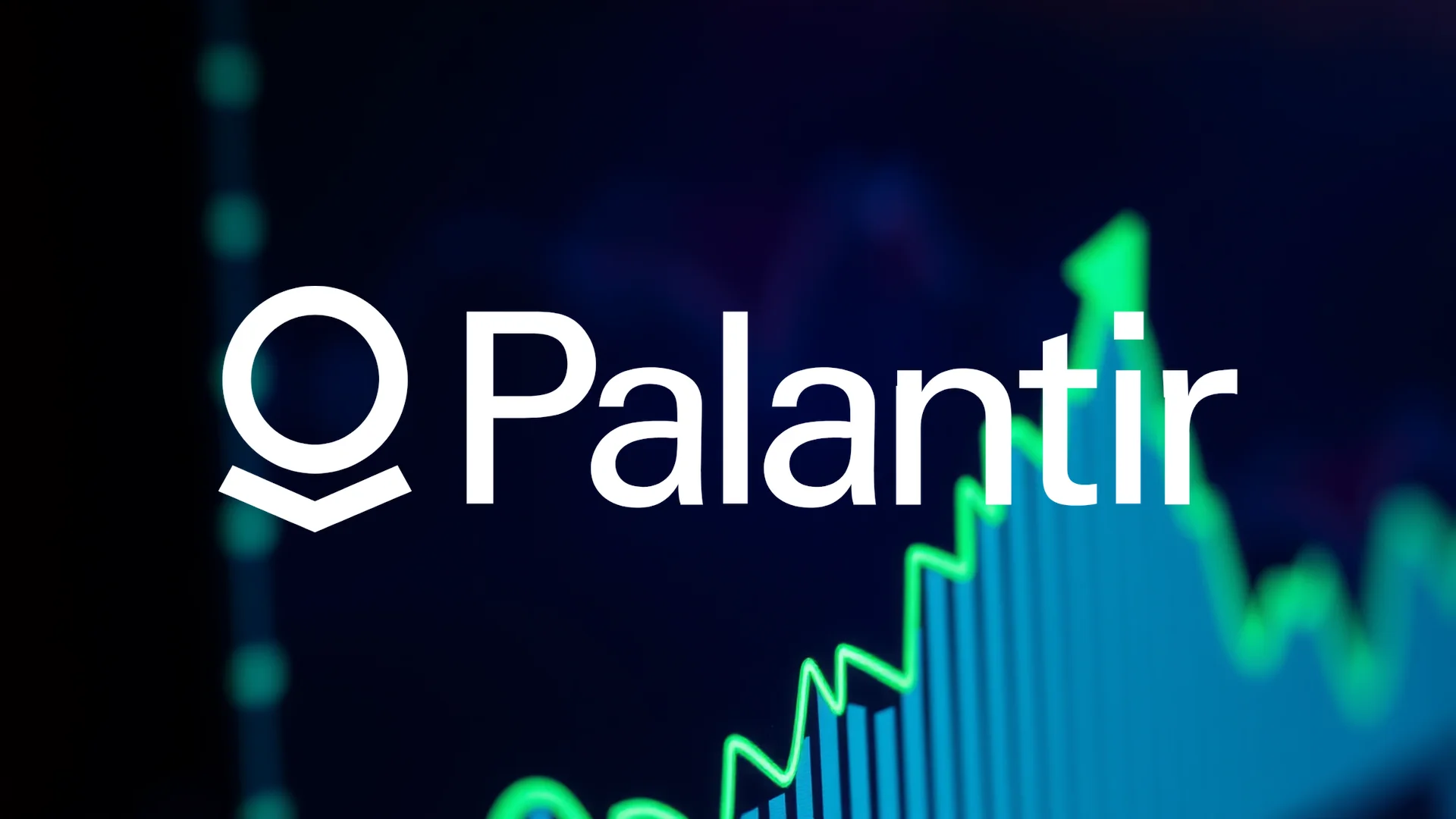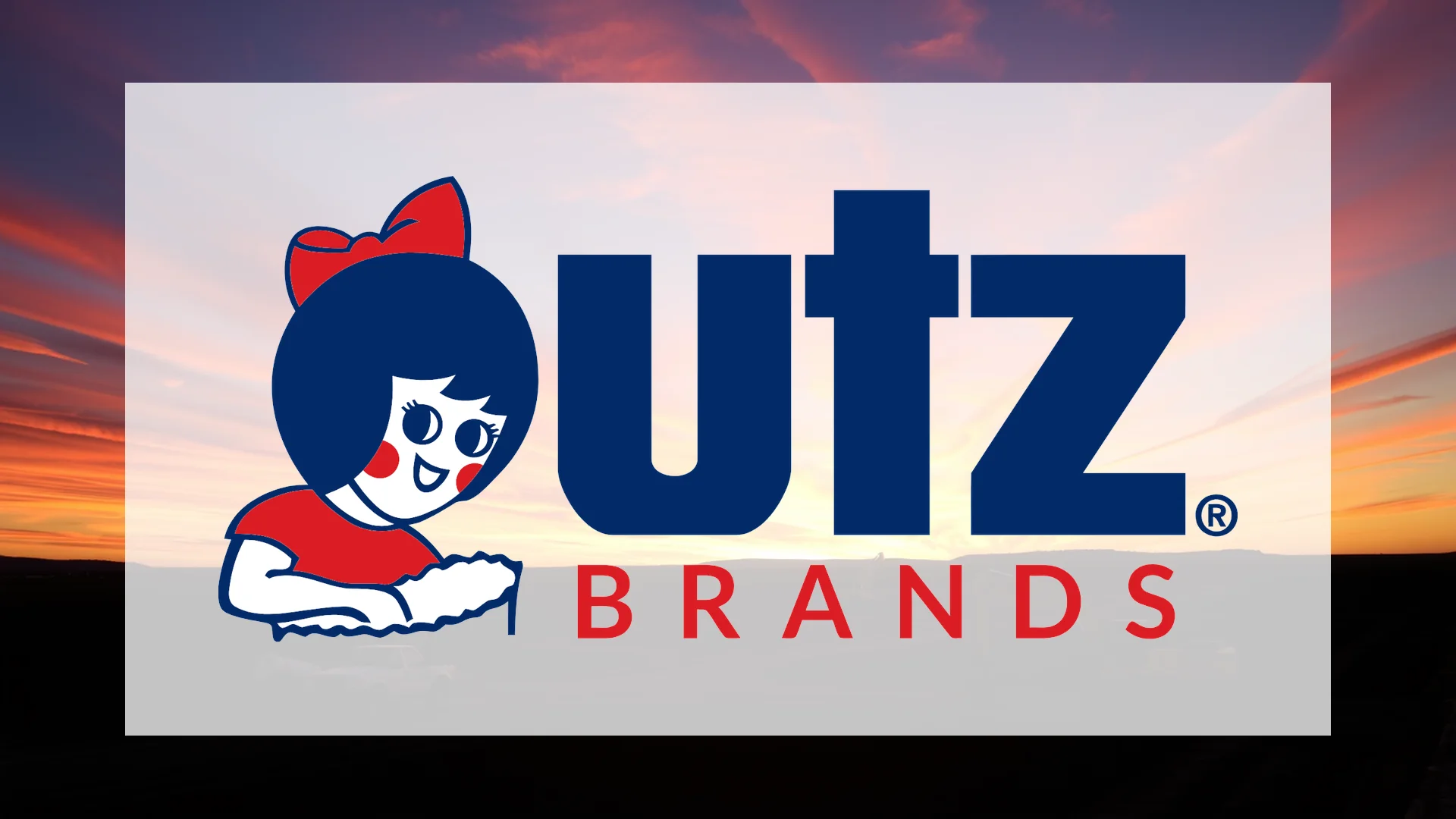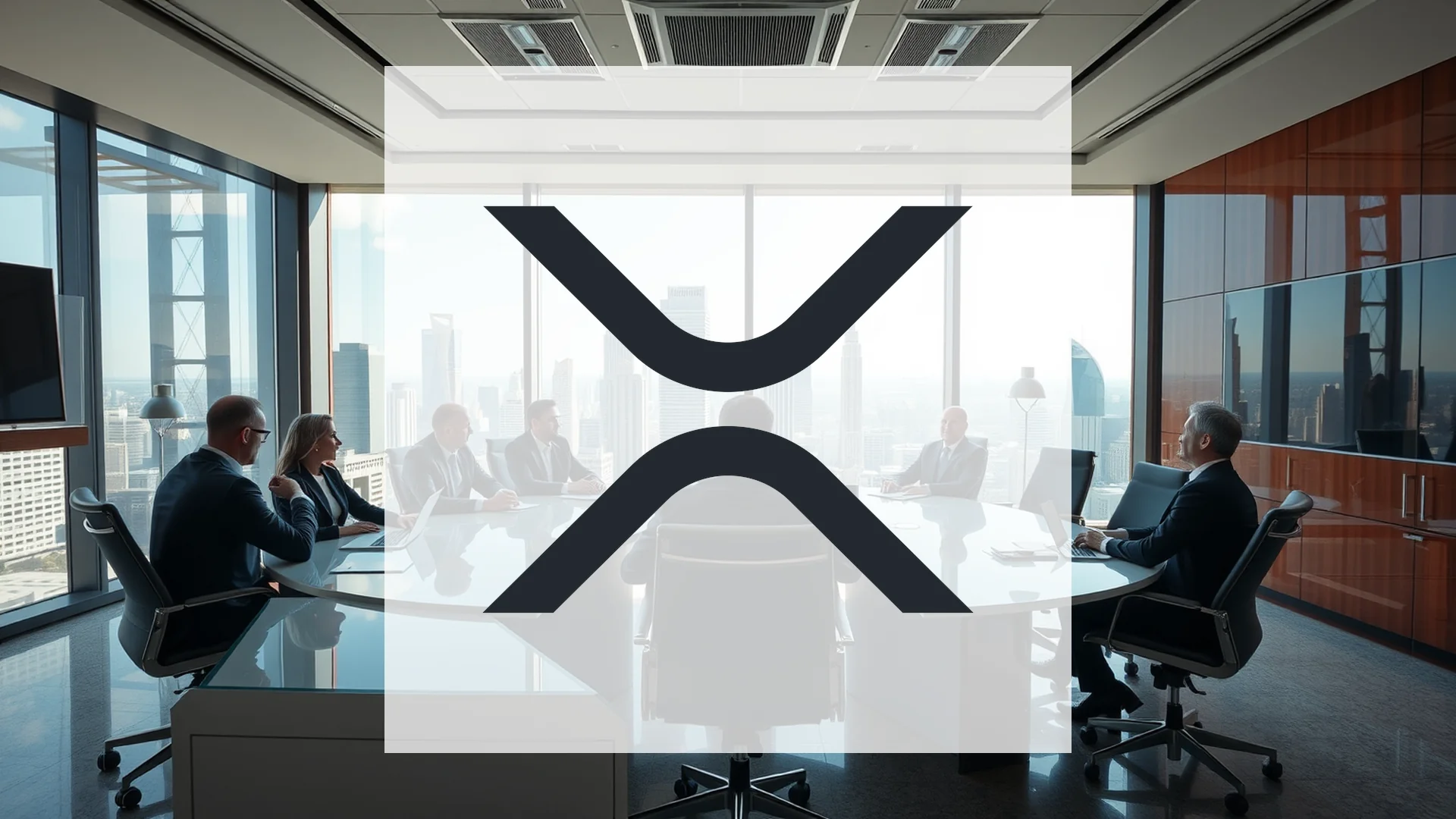The investment case for Univest Financial Corporation presents a fascinating divergence of opinion. While a key company director recently liquidated a substantial portion of his holdings, major institutional players have been aggressively adding to their positions. This clash of perspectives raises a critical question about the regional bank’s future trajectory.
Strong Fundamentals Meet Market Skepticism
Univest recently posted second-quarter 2025 results that handily surpassed analyst projections. The Pennsylvania-based institution reported earnings per share of $0.69, beating the $0.64 consensus estimate. Revenue reached $81.04 million, exceeding the anticipated $79.5 million. The bank’s net interest margin expanded to 3.2%, demonstrating improved profitability. Shareholders continue to benefit from a consistent quarterly dividend of $0.22 per share, providing a yield of approximately 2.8%.
Despite these strong results, the market reaction was unexpectedly negative, with shares declining over 7% following the earnings announcement—a classic case of “selling the news” after previous optimism.
Institutional Confidence Remains Unshaken
In contrast to this near-term volatility, sophisticated money managers have demonstrated significant confidence in Univest’s prospects. American Century Investments increased its stake by 8%, bringing its total holding to more than 682,000 shares. In an even more substantial move, Smartleaf Asset Management boosted its position by 33.4%. These strategic acquisitions, representing millions in investment capital, suggest institutional belief in the bank’s long-term potential within the often-overlooked regional banking sector.
Should investors sell immediately? Or is it worth buying Univest of Pennsylvania?
Insider Activity Creates Contradiction
Running counter to this institutional optimism, Director Thomas M. Petro reduced his stake in the company by 15.2%, realizing nearly $286,000 from the sale. This divestment is particularly notable as it occurred immediately following the bank’s stronger-than-expected quarterly performance, creating a puzzling contrast with the buying activity from major investment houses.
Balancing Growth with Caution
The bank’s current position reflects this tension between growth and caution. While Univest has successfully generated new business, it has simultaneously reduced its overall loan portfolio by $31.9 million. This cautious approach to balance sheet management highlights the careful navigation required in the current economic environment.
Trading just 3% below its yearly high, Univest stock has delivered an impressive 25% gain since April. The fundamental metrics appear solid, with a price-to-earnings ratio of 11.6 and that reliable dividend payment. Yet the opposing actions of insiders and institutions leave investors to ponder whose assessment of the bank’s future will ultimately prove correct.
Ad
Univest of Pennsylvania Stock: Buy or Sell?! New Univest of Pennsylvania Analysis from October 21 delivers the answer:
The latest Univest of Pennsylvania figures speak for themselves: Urgent action needed for Univest of Pennsylvania investors. Is it worth buying or should you sell? Find out what to do now in the current free analysis from October 21.
Univest of Pennsylvania: Buy or sell? Read more here...

